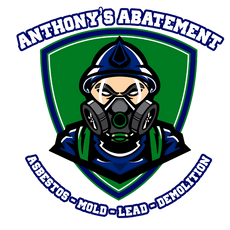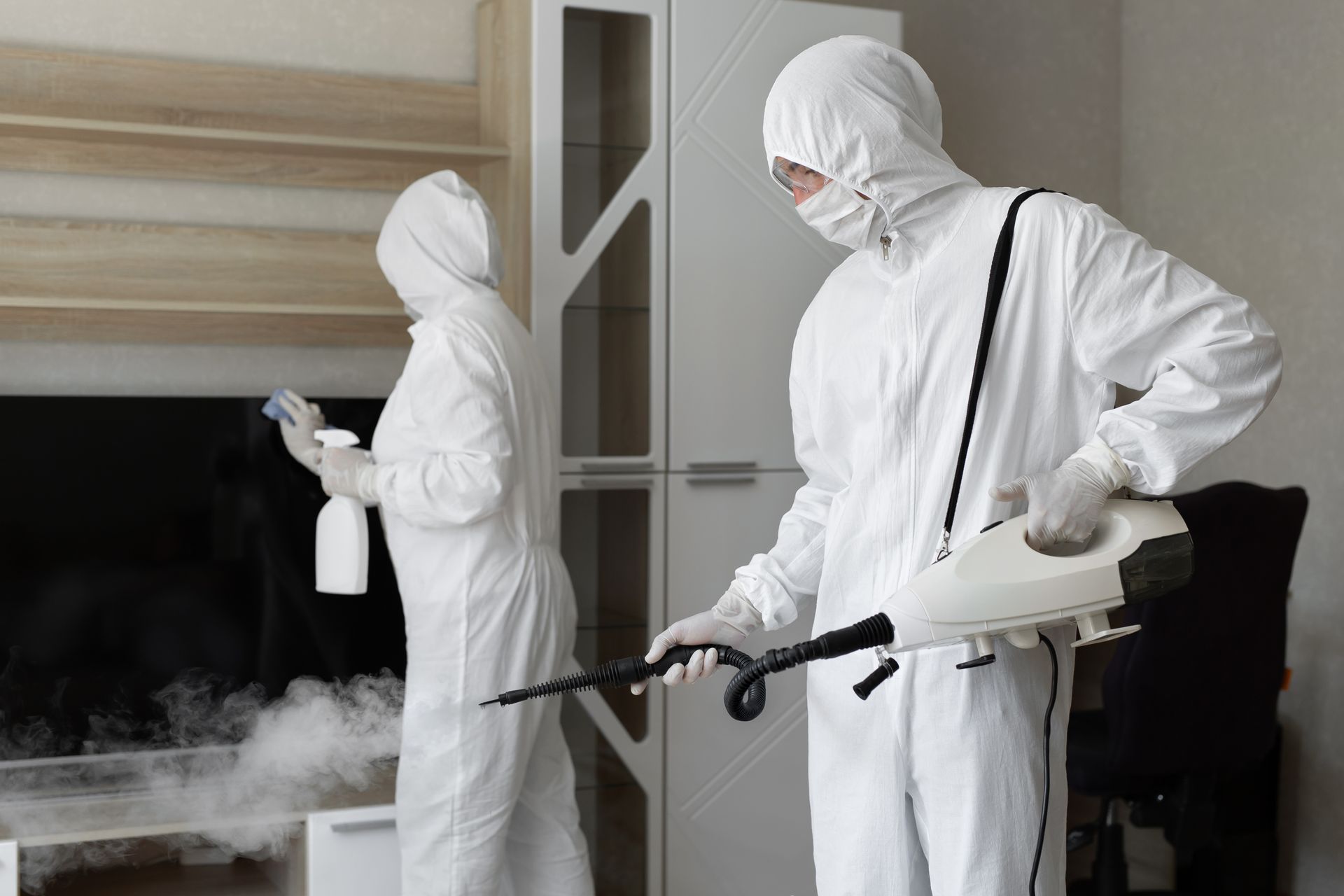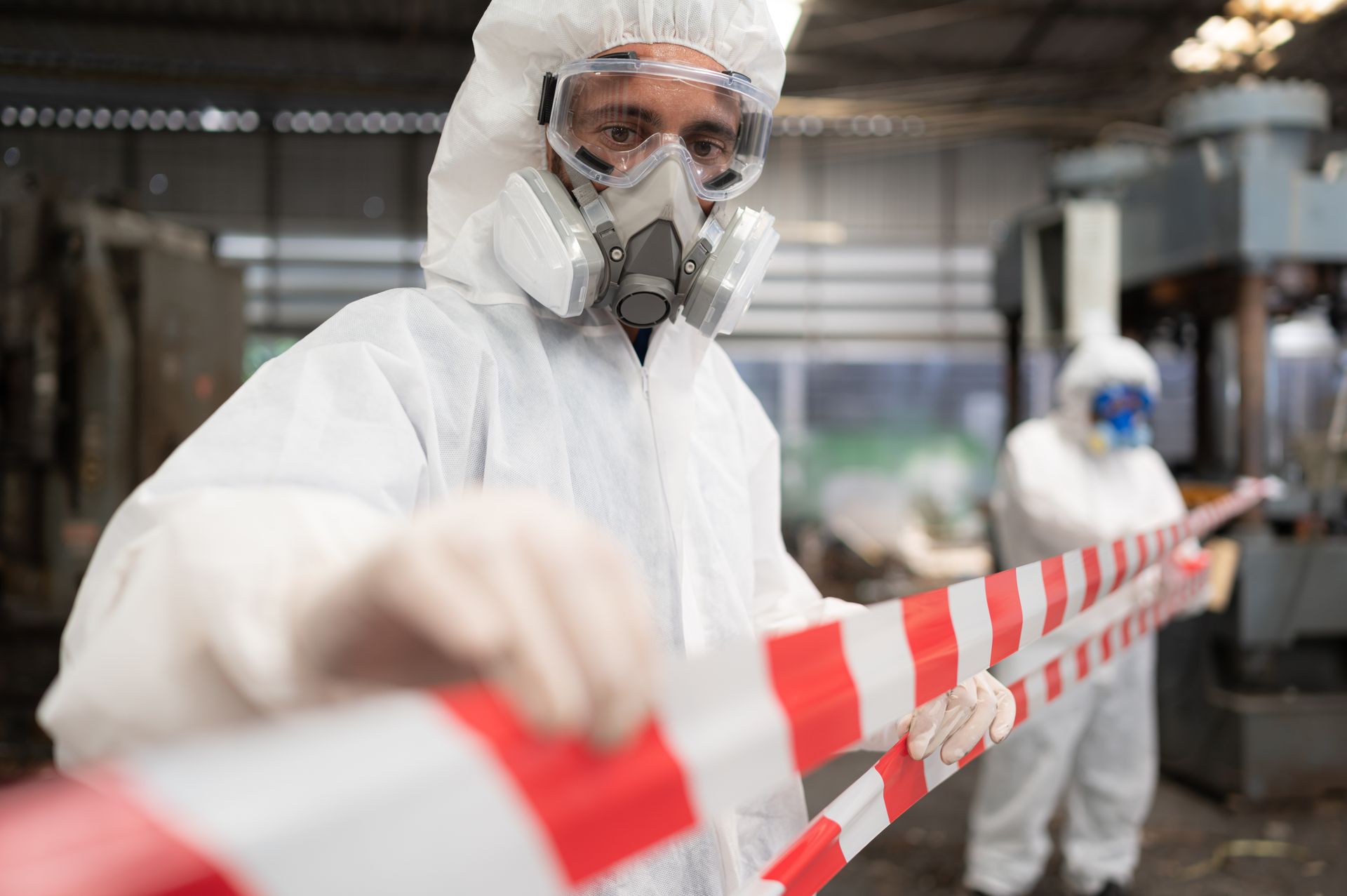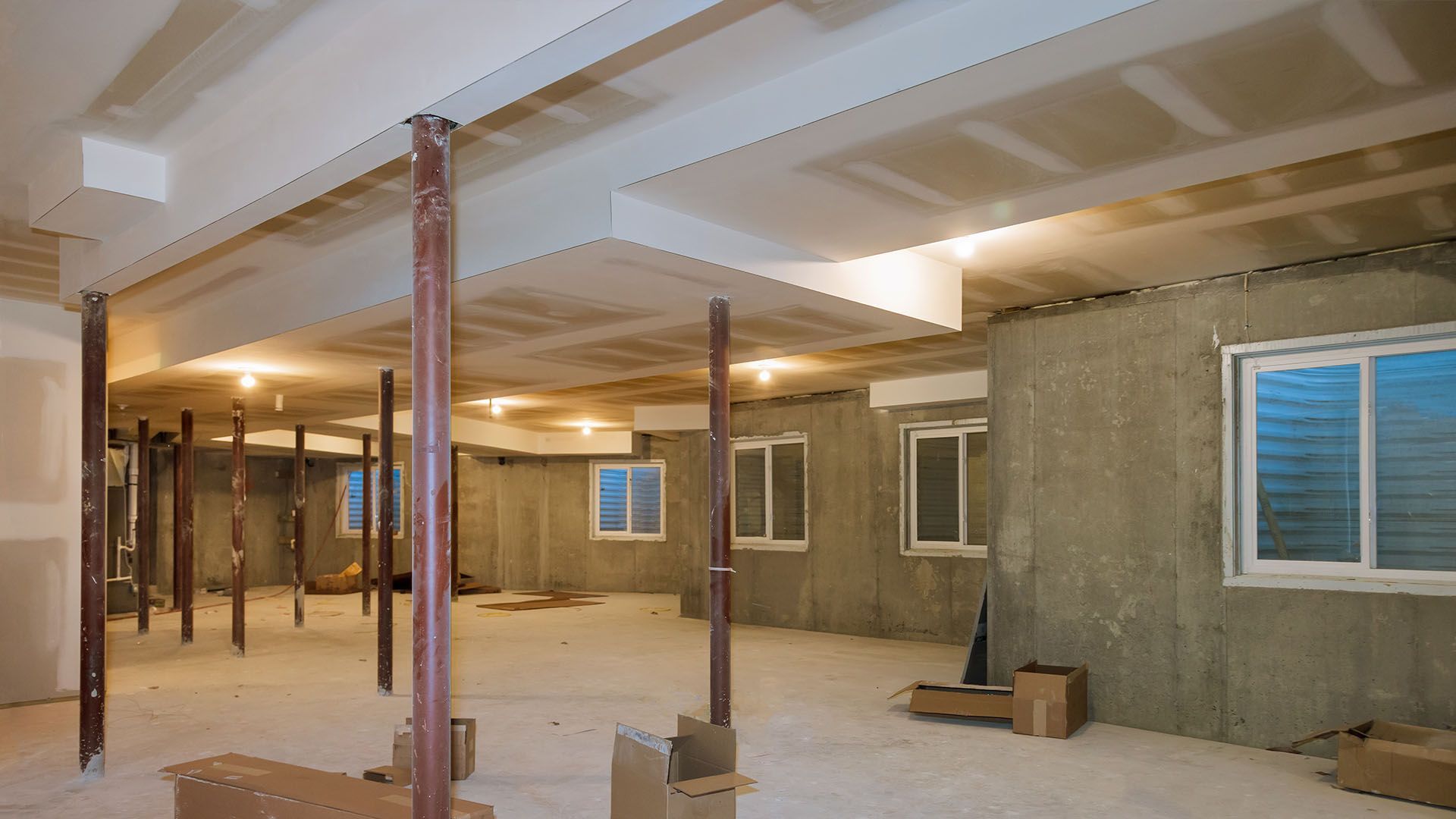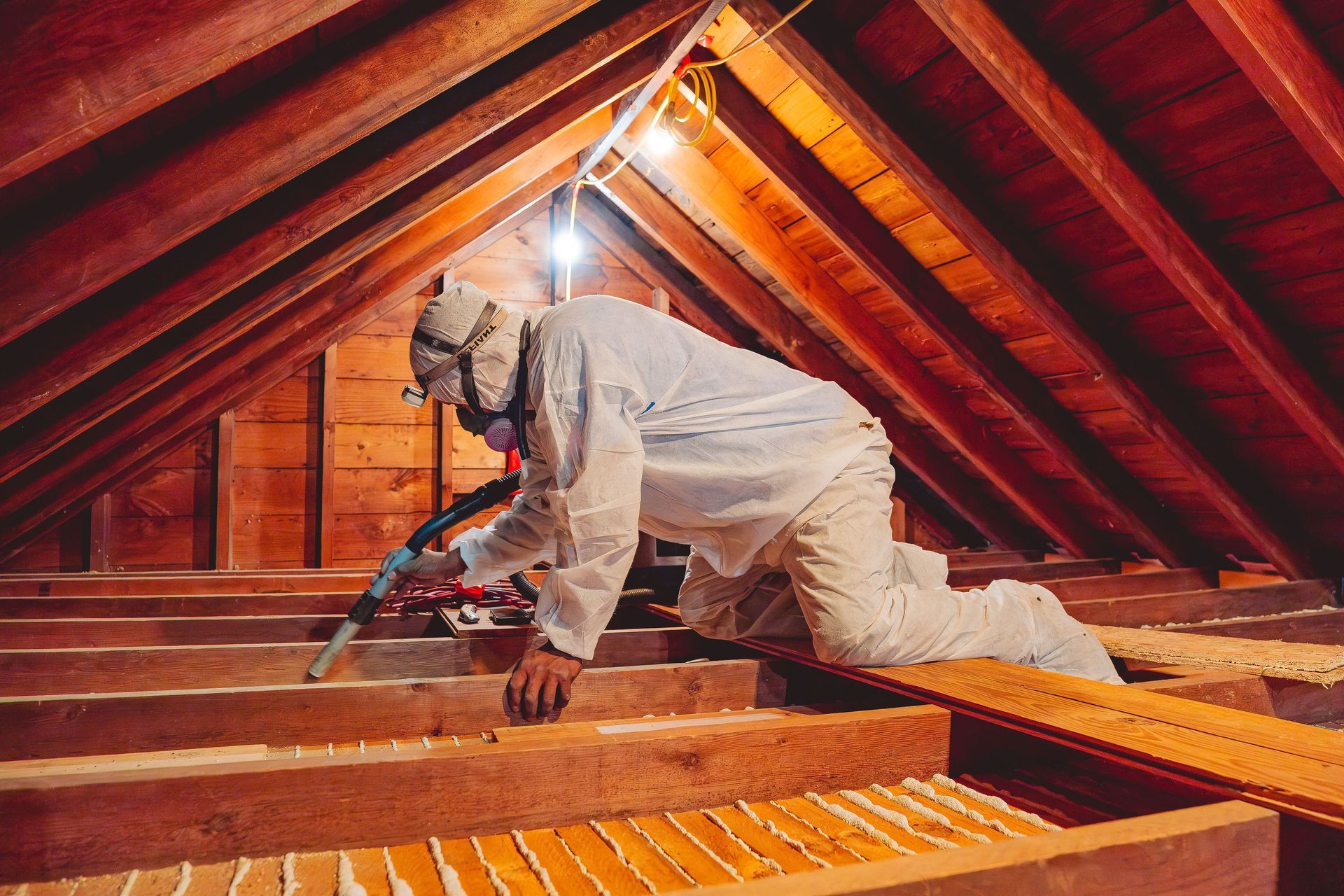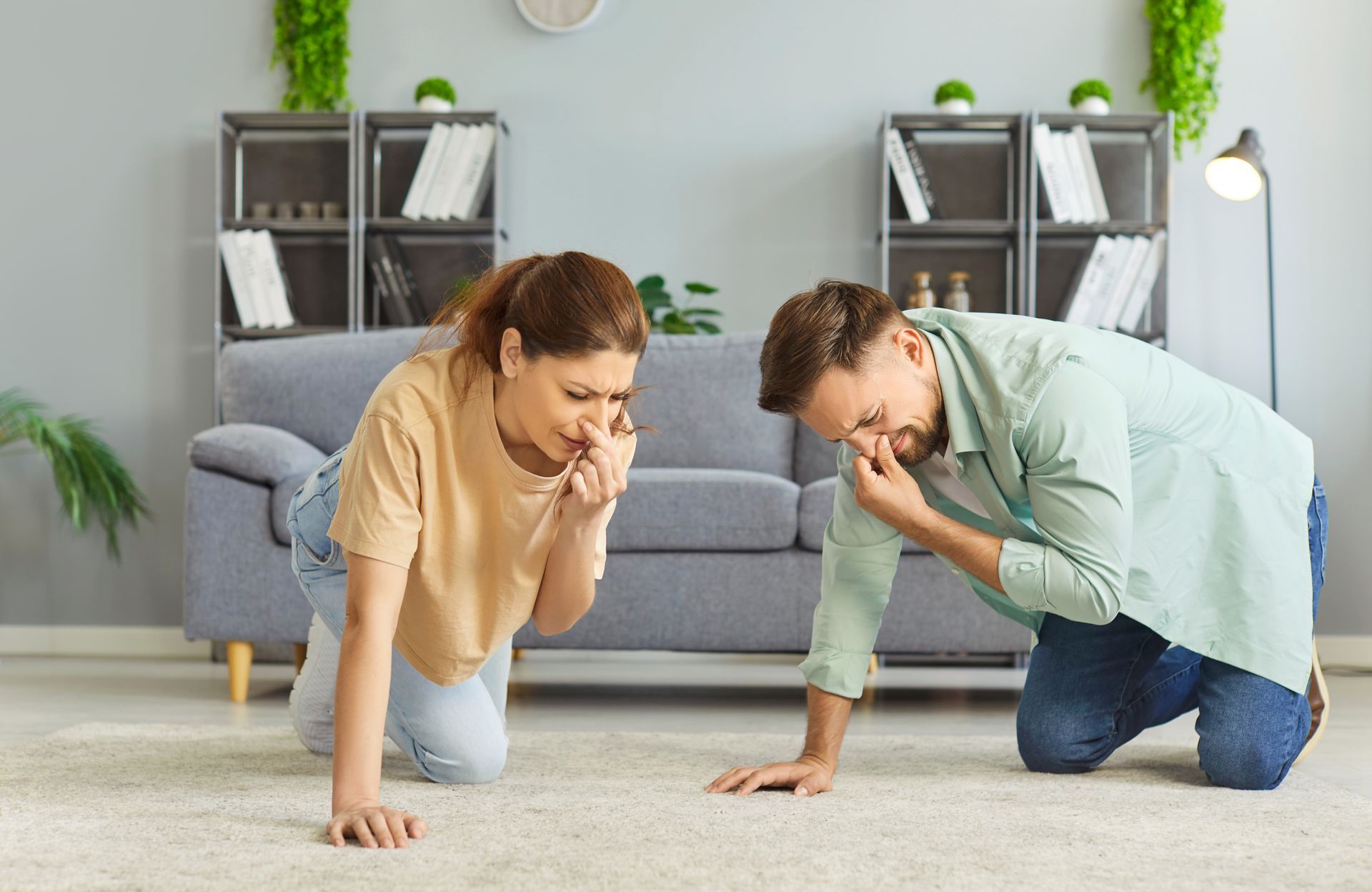Black Mold in the Bathroom: Should You Be Worried and What to Do
Discovering black mold in your bathroom can be unsettling. Often found lurking on ceilings, around bathtubs, and under sinks, this unwelcome guest brings up a lot of concerns about health and home maintenance. Excess moisture is a primary factor contributing to mold growth, making it crucial to control humidity levels and ensure proper ventilation. Let’s dive into understanding why black mold appears in your bathroom, how to tackle it, and ways to prevent its return. If the mold problem is severe, mold remediation may be necessary.
What is Black Mold and Why Does it Grow in Bathrooms with Excess Moisture?
Black mold, scientifically known as Stachybotrys chartarum, is a type of toxic mold that thrives in damp, humid environments. Your bathroom, with its frequent exposure to water and steam, provides the perfect breeding ground for mold growth. Black mold can latch onto various surfaces, including drywall, bathroom rugs, and even bath sponges. The health risks associated with black mold are significant, ranging from sneezing and congestion to more severe issues like coughing, difficulty breathing, and skin rashes. This mold flourishes in temperatures between 40°F and 80°F, high humidity levels, and areas with little to no sunlight. Mold infestation in bathrooms can become extensive if not addressed promptly.
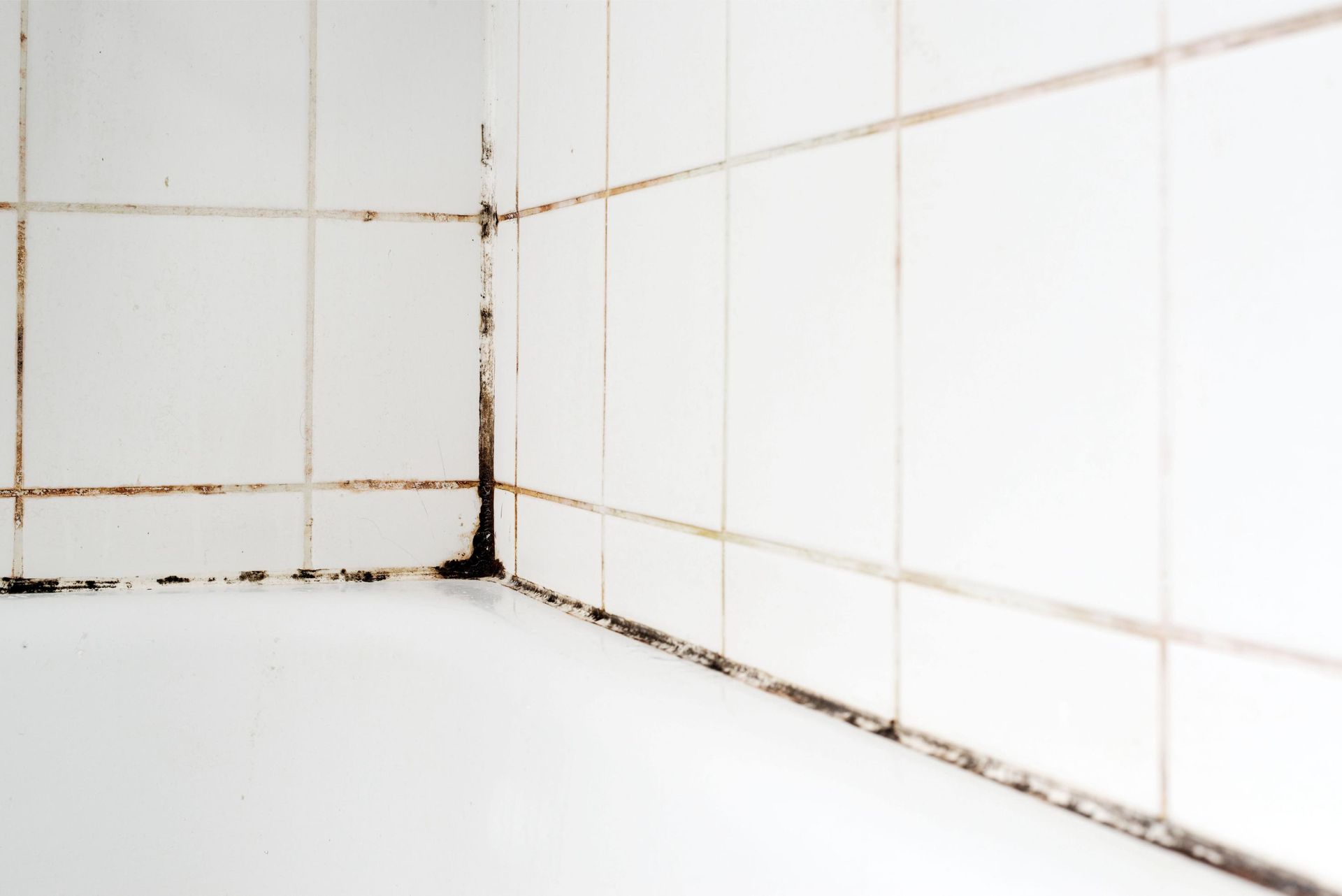
Signs of Black Mold in the Bathroom
Be on the lookout for:
- Dark, circular patches on ceilings, walls, or bathroom walls.
- Persistent musty odors.
- Excessive condensation on surfaces.
- Mold growth on shower walls.
- If these signs are observed, mold remediation may be necessary.
Why Is There Black Mold on My Bathroom Ceiling?
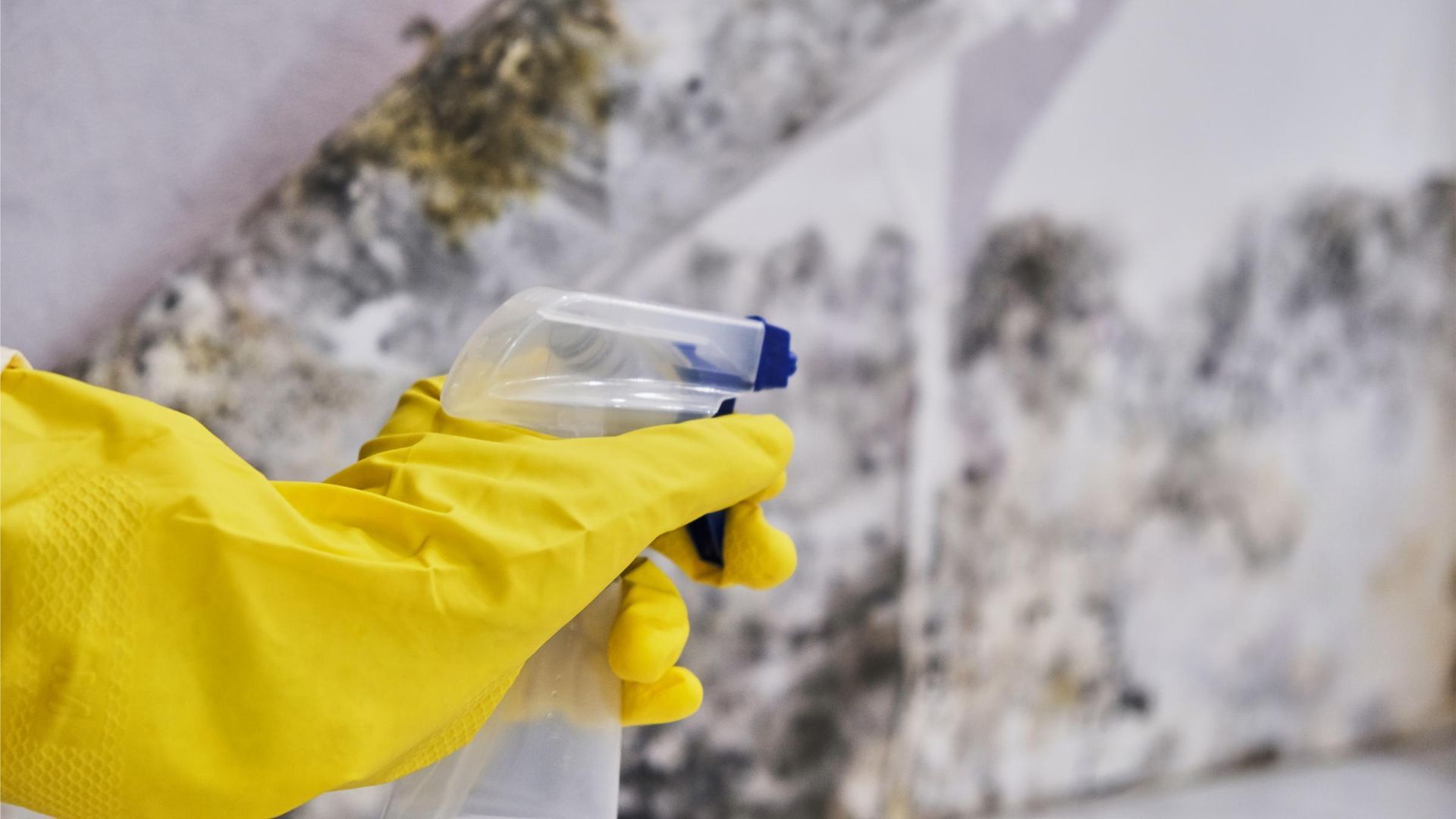
Black mold thrives in moist, warm environments. Your bathroom ceiling becomes a prime target following steamy showers and inadequate ventilation. Poorly insulated spaces can also lead to condensation, creating ideal conditions for mold spores to settle and multiply, resulting in a mold infestation.
The Risks of Mold Exposure
Exposure to mold can lead to serious health effects, particularly for individuals with weakened immune systems, respiratory issues, or allergies. Symptoms of mold exposure include headaches, fatigue, and respiratory problems such as coughing and wheezing. If you or anyone in your household experiences these symptoms, it’s essential to address the mold issue promptly. Removing the mold and improving ventilation can help mitigate these health risks, and seeking medical attention may be necessary if symptoms persist. Mold remediation can help mitigate the health risks associated with mold exposure.
Should I Be Worried About Black Mold in the Bathroom?
Yes and no. While not all mold poses serious health risks, black mold (Stachybotrys chartarum) can release spores that aggravate allergies, respiratory conditions, and other health issues. Immediate removal is advised if you notice a mold infestation.
Is It Normal to Have Mold on the Bathroom Ceiling?
Mold formation is common in bathrooms due to their damp nature. However, “normal” doesn’t mean it should be ignored. Regular cleaning of bathroom surfaces and adequate ventilation can keep mold at bay. Mold remediation can help address mold growth on the bathroom ceiling.
Is Black Mold in the Bathroom Ceiling a Health Hazard?
Black mold is considered a potential health hazard, especially for individuals with allergies, asthma, or compromised immune systems. Visible mold is a clear indicator of potential health risks. Its spores can cause symptoms ranging from sneezing and coughing to more severe respiratory problems. Mold infestation can significantly exacerbate these health issues.
DIY vs. Professional Mold Removal
Deciding between DIY mold removal and hiring a professional depends on the extent of the mold growth. For minor mold issues, DIY removal can be effective and cost-efficient. Use an antifungal surface cleaner and a sponge or cloth to wipe the mold off nonporous surfaces like tile and porcelain. However, if the mold growth exceeds 10 square feet, results from a sewage leak, or is located in your home’s HVAC system, it’s best to call in a professional. Mold remediation specialists have the equipment and expertise to safely and thoroughly remove mold, ensuring your home returns to a safe state.
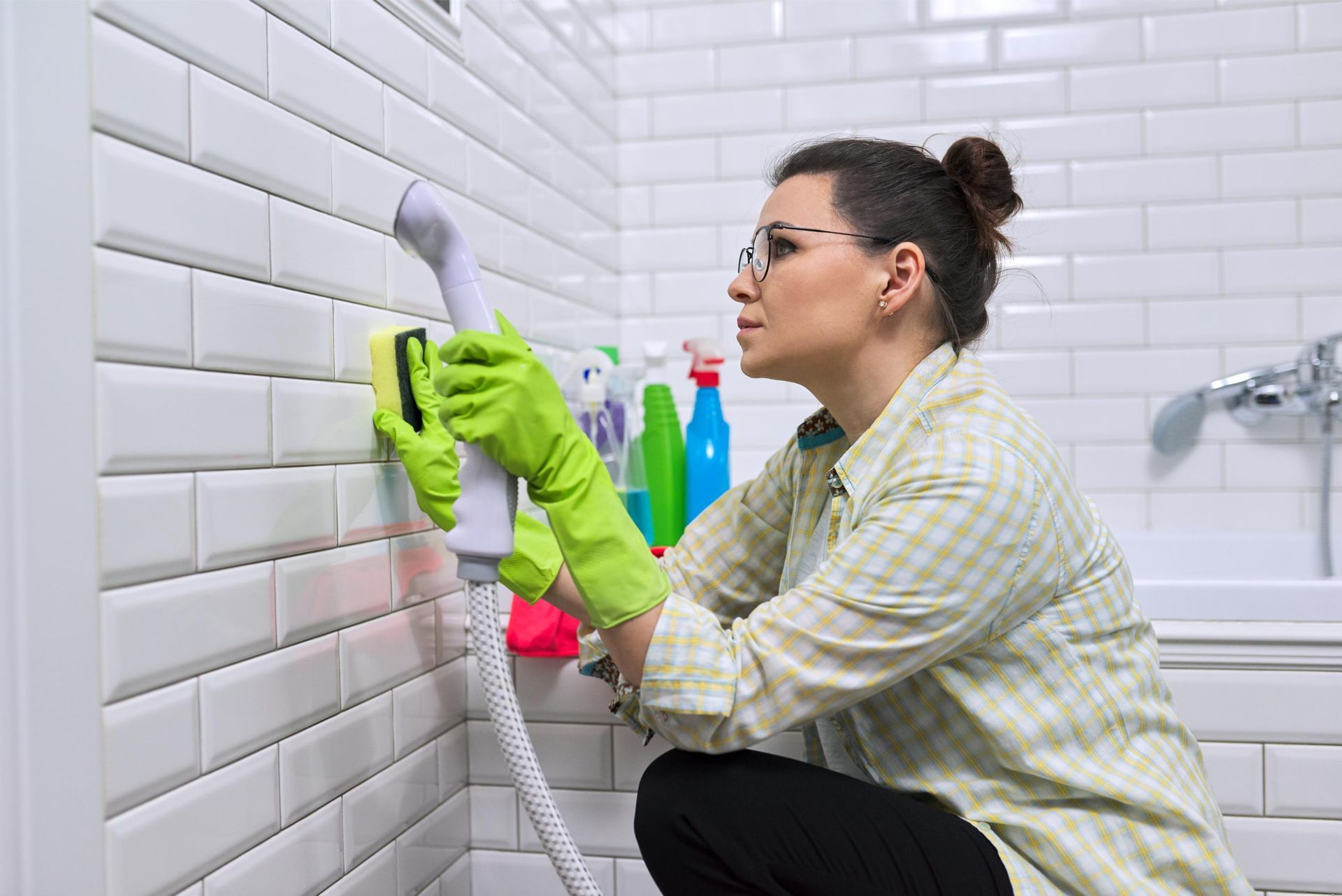
How to Get Rid of Black Mold in the Bathroom
Removing black mold due to a mold infestation involves a few steps:
- Suit up for Safety: Wear protective gear including gloves, goggles, and a mask.
- Choose Your Cleaner: For nonporous surfaces, a solution of one part bleach to two parts water can be effective. Hydrogen peroxide or vinegar can also tackle mold. Remember, never mix bleach and vinegar.
- Natural Alternative: Mix baking soda with water to create a natural cleaning solution. This mixture not only cleans surfaces but also neutralizes odors associated with mold.
- Apply the Solution: Use a spray bottle to apply your chosen cleaner on the mold. For example, fill a spray bottle with vinegar and use it after showers to help eliminate mold spores. Alternatively, mix bleach and water in a spray bottle for treating surface stains on nonporous surfaces like grout. Let the solution sit for a while before scrubbing.
- Ventilate and Dry: Keep the area well-ventilated during and after cleaning.
Does Bleach Kill Black Mold?
Bleach can kill mold on nonporous surfaces, but it typically doesn’t penetrate deep enough to destroy the mold’s root membrane. For killing mold on and in porous surfaces, white vinegar or professional mold removal chemicals like Quaternary ammonium compounds are more effective. Mold remediation can be a more effective solution for killing mold.
Precautions to Take When Cleaning Mold
When tackling a mold infestation in your bathroom, it’s crucial to take proper precautions to protect yourself from mold spores. Start by wearing an N-95 mask to minimize the risk of inhaling spores. Additionally, cover up with long sleeves and gloves to avoid direct contact with the mold. Ensure your bathroom is well-ventilated during the cleaning process to help disperse airborne spores. If you have serious health conditions or allergies, it’s wise to seek professional help rather than attempting to clean the mold yourself.
How Do I Prevent Bathroom Mold from Forming?
Prevention is key:
- Improve Ventilation: Use bathroom exhaust fans or open the windows when taking showers to reduce humidity buildup and prevent bathroom mold growth.
- Keep It Dry: Wipe down surfaces after use and fix leaks promptly to prevent mold.
- Regular Cleaning: Clean your bathroom regularly with mold-inhibiting products to prevent mold growth.
- Proactive Measures: Implement strategies for preventing future black mold growth, such as using antifungal cleaners, drying surfaces, and maintaining a regular cleaning routine. Mold remediation can help prevent future mold growth.
Maintaining Good Ventilation
Mold infestation can be a serious issue, and good ventilation is key to preventing mold growth in your bathroom. Using an exhaust fan can effectively remove moisture from the air, reducing the likelihood of mold forming. Ensure the fan’s capacity is suitable for your bathroom’s size and run it during and after showers or baths to eliminate residual steam. If installing an exhaust fan isn’t an option, consider opening a window, running a dehumidifier, or leaving the bathroom door ajar to improve airflow. Regularly inspect and maintain your exhaust fan to ensure it’s functioning correctly, helping to keep your bathroom mold-free.
Managing Moisture and Humidity
Managing moisture and humidity is crucial in preventing future black mold growth in your bathroom. Here are some practical tips to help you control moisture levels effectively:
- Use an Exhaust Fan: Installing an exhaust fan in your bathroom can significantly reduce excess moisture in the air. Make sure to run the fan during and after showers or baths to help eliminate steam and prevent mold growth.
- Improve Ventilation: If an exhaust fan isn’t an option, open windows or use a dehumidifier to improve airflow. Proper ventilation helps reduce moisture levels, making it harder for mold to thrive.
- Fix Water Leaks Promptly: Water leaks are a common source of excess moisture. Regularly check under sinks, around toilets, and near showers for any signs of leaks and fix them immediately to prevent mold from taking hold.
- Use a Squeegee: After showering, use a squeegee to remove excess water from shower walls and doors. This simple step can prevent water from accumulating and creating a humid environment conducive to mold growth.
- Reduce Indoor Humidity: Keep indoor humidity levels between 30-60% using a dehumidifier. This range is ideal for preventing mold growth and maintaining a healthy bathroom environment.
By implementing these strategies, you can effectively manage moisture and humidity, creating a less hospitable environment for black mold.
Common Areas Prone to Mold Growth
Mold can grow in various areas of your bathroom, but some spots are more susceptible than others. Here are common areas to keep an eye on:
- Shower Walls and Curtains: These areas are frequently exposed to water and steam, making them prime targets for mold. Ensure they are properly cleaned and dried after each use to prevent mold growth.
- Bathroom Tiles: Mold can easily grow on bathroom tiles, especially in areas with poor ventilation. Regularly clean and dry the tiles to keep mold at bay.
- Under Sinks: The space under sinks can be a hidden mold hotspot, particularly if there are water leaks or condensation issues. Regularly check and clean this area to prevent mold from developing.
- Around the Toilet’s Base: Water leaks or condensation around the toilet’s base can lead to mold growth. Keep this area dry and promptly address any leaks to avoid mold problems.
- Bathroom Ceiling: The bathroom ceiling is another common area for mold, especially if there are water leaks or condensation issues. Ensure proper ventilation and fix any leaks to prevent mold from forming.
By regularly inspecting and maintaining these areas, you can catch mold early and take steps to eliminate it before it becomes a bigger problem.
When to Call the Professionals
If mold covers an area larger than ten square feet, or if you're experiencing health issues, it's time to call in a mold remediation specialist. They can safely remove the mold and advise on preventing future growth. Black mold in your bathroom is not a sign to panic, but it is a signal to take action. With the right approach, you can remove existing mold and prevent new growth, keeping your bathroom healthy and your home safe.
Conclusion
Preventing black mold growth in your bathroom requires a comprehensive approach. By understanding the causes of mold growth, identifying common areas prone to mold growth, and implementing strategies to manage moisture and humidity, you can create a robust defense against black mold growth. Remember to always prioritize your health and safety when dealing with mold, and consider seeking professional help if you’re unsure about how to handle a mold infestation. By following these tips, you can keep your bathroom healthy, safe, and mold-free.
